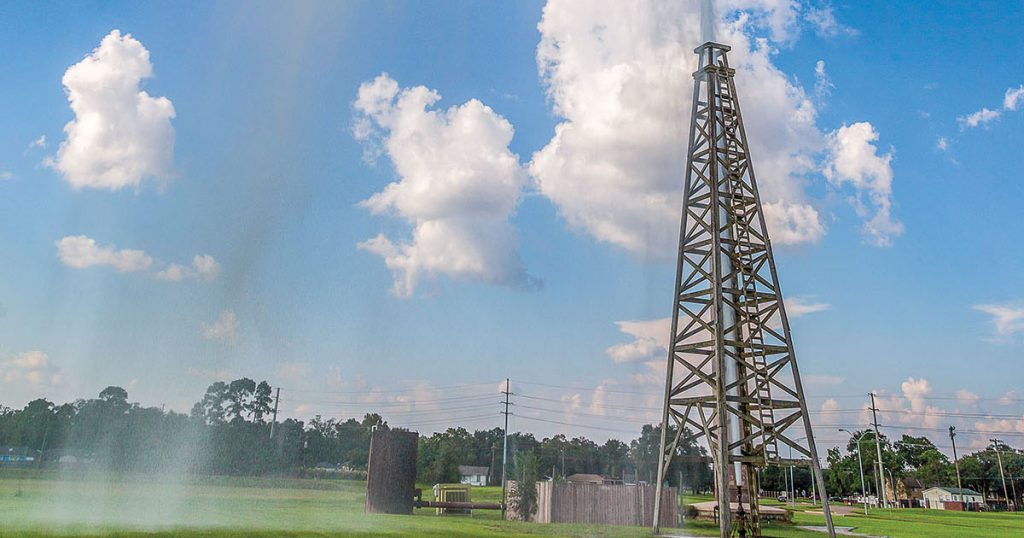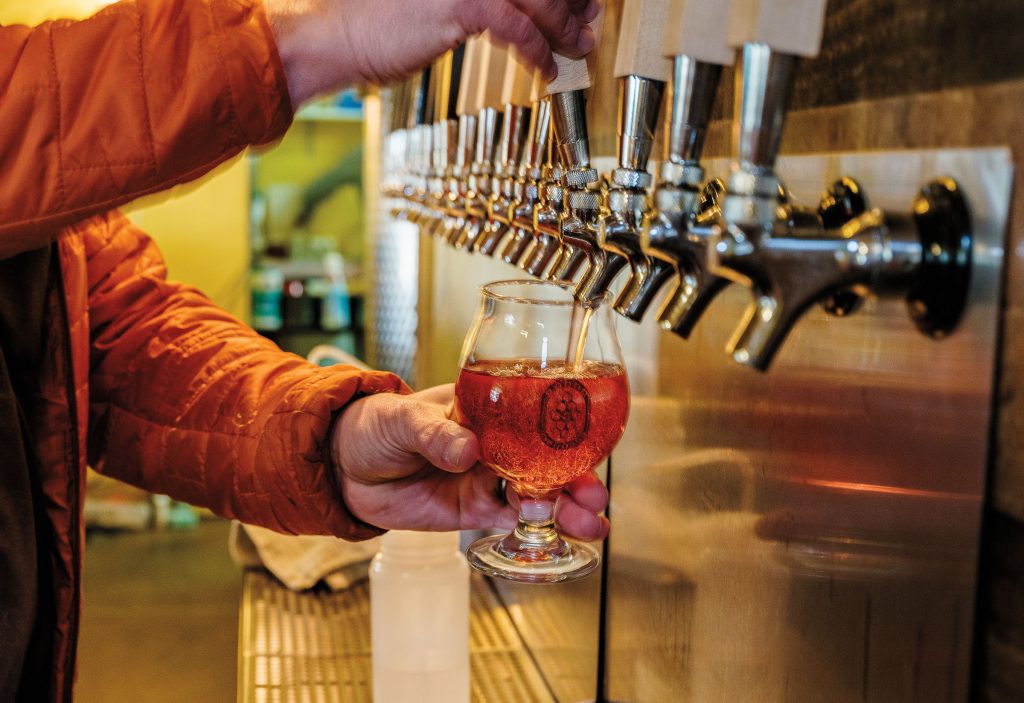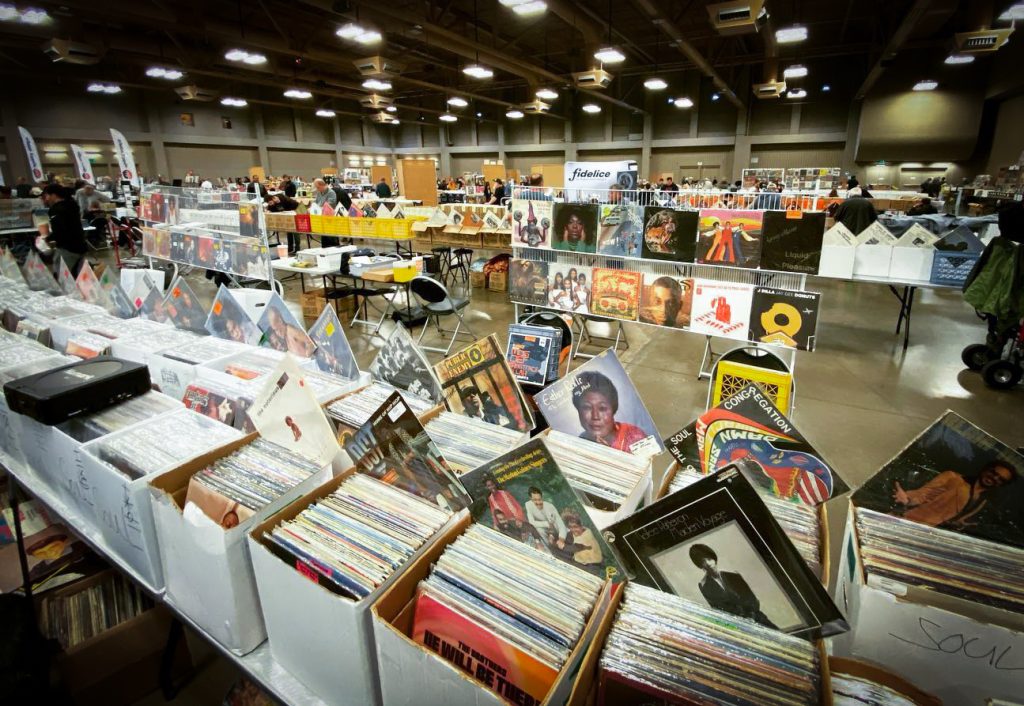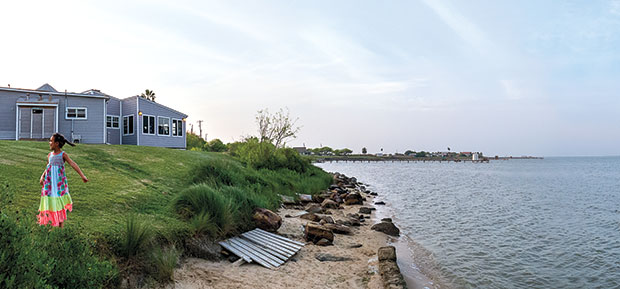
The Famous! King’s Inn overlooks the shoreline of Baffin Bay.
The scent of sweet acacia charts a lazy course across the South Texas coastal plains, drifting like an unmoored skiff in the nearby bays. Commonly known as huisache, the shrubby tree emits a honeyed aroma that blends with salty air crossing Baffin Bay on its way to the Coastal Bend’s inland pastures, creating a notably local perfume. Along US Highway 77, the huisache’s essence permeates grass-rich plains, plowed fields, bayfront shores, and the vast rangeland of the King Ranch, encompassing a region rich with historical sites, birdwatching opportunities, and the coastal pleasures of angling and seafood. Considered part of the state’s Coastal Bend, the region might be considered more appropriately as King Country.
King Country Essentials
Kingsville, the King Ranch, and Baffin Bay offer a range of attractions highlighting the region’s culture, history, and environment. Here is contact information for sites mentioned in the story:
The Kingsville Visitors Center is at 1501 N. US 77. Hours: Mon-Fri 8-5 (closed for an hour at noon). Call 800/333-5032.
The King Ranch Museum is at 405 N. 6th St. in Kingsville. Hours: Mon-Sat 10-4, Sun 1-5. Call 361/595-1881.
The King Ranch Visitor Center is at 2205 Texas 141 W. in Kingsville. Hours: Mon-Sat 10-4, Sun 12-5. Call 361/592-8055.
King Ranch birding and nature tours depart from the Visitor Center. Call 361/592-8055.
The King Ranch Saddle Shop is at 201 E. Kleberg Ave. in Kingsville. Hours: Mon-Sat 10-6. Call 800/282-5464.
The Mother Julia Chapel and Museum is at 408 E. Richard in Kingsville. Open by appointment. Call Maximina (Sister Maxie) G. Cruz at 361/246-0979.
Our Lady of Consolation Church is at 204 Palm Ave. in Riviera, located on FM 628 five miles east of US 77. Call 361/297-5255.
The Famous! King’s Inn is at 1116 CR 2270 in Riviera. Hours: Tue-Sat 11-10. Call 361/297-5265.
The Kaufer-Hubert Memorial Park and SeaWind RV Resort are at 1066 E. FM 628 in Riviera. Call 361/297-5738.
The city of Kingsville, named in honor of Richard King, who founded the King Ranch in 1853, offers insight into the region’s amiable character. With two of the King Ranch’s four vast divisions bookending the city limits, Kingsville blends old-school charm like King Barber Shop (haircuts $11) and Roy’s Hobbies and Electronics (puzzles for the kids, rifles for the family deer hunter) with offerings like Summer Snow, a snow cone stand featuring Snowy the Klown and unusual flavors like leche quemada (caramelized milk), and Brink’s, a local food truck serving fresh Gulf Coast seafood. But despite its mid-century and contemporary features, Kingsville has remained grounded in King Ranch history for more than 100 years. Its lasting presence continues to inspire the city today.
For an introduction to the King legacy, visit the King Ranch Museum in downtown Kingsville. The museum is located in the Henrietta Memorial Center, set in a 1907 building originally constructed to house Kingsville’s ice factory and power plant. On display among the museum’s permanent collection of saddles, guns, and vintage cars are Toni Frissell’s award-winning photographs of King Ranch life in the early 1940s. Frissell captured black-and-white tableaus of daily ranching operations from 1939 to 1944, later publishing the work as a photo essay that survives as an important archive of Texas history. Her images hang in large-scale, cinematic reproductions across the museum walls. The expansive landscapes, impressive livestock herds, and hard-working cowboys depicted in the photographs provide clear evidence of Richard King’s grand vision for the King Ranch, a birthplace of America’s ranching industry and a National Historic Landmark.
After the museum, head to the Visitor Center on the ranch’s nearby Santa Gertrudis Division just west of town. The Visitor Center is the meeting place for the ranch’s daily historical tours (via bus), which provide views of the ranch’s Santa Gertrudis cattle as well as a camp house and pens where annual roundups take place. Along the way, you’ll see the auction arena, horse cemetery, and historic buildings like the carriage house, the commissary lookout tower, and the 1912 home of Richard King’s widow, Henrietta, which was built after a fire destroyed the original residence.
Now in its third century, the King Ranch has evolved into a diversified operation with interests in ranching, citrus and turf-grass production, oil and gas, publishing, ecotourism, and natural resource management. But the ranch’s expansive habitat may be its greatest asset, a benefit to both the King enterprise and the state of Texas. The ranch encompasses a wildlife-rich environment covering more than three quarters of a million acres of coastal plains, wetlands, bay shores, brush and thorn scrub, sand plains, savannahs, and grassland pastures. Native species like deer, javelina, bobcat, and quail thrive in the ranch’s diverse ecosystem. With a bird checklist exceeding 350 species, a King Ranch birding tour presents an opportunity to view sought-after species and explore a natural environment considered by some to be the last great native habitat in Texas. Tom Langschied, the King Ranch’s head birding guide, will do his best to have you glassing every winged thing from the elegant white-faced ibis to the striking green jay, a tropical favorite, along with routine sightings like western kingbirds (naturally).
Back in town, pick up a little piece of the King Ranch for yourself at the King Ranch Saddle Shop. Luxury goods like home décor, shirts, boots, luggage, and tableware populate a storefront on historic Kleberg Avenue, where craftsman Roberto Salas, a 40-year veteran of the King Ranch saddlery, creates handcrafted saddles and tack. Salas continues a King Ranch tradition begun during the ranch’s formative years, when Richard King drew on the expertise of vaqueros from the Mexican state of Tamaulipas to lead the ranch’s cattle operation. Known as Los Kineños, or “King’s people,” the vaqueros and their families comprise an important chapter in the state’s Hispanic history. The Kineños, skilled cowboys in livestock and horses, were instrumental in the ranch’s success, and many of their descendants continue to work for the ranch today.
Like many places in Texas, this southern coastal region harbors a robust Hispanic narrative, often pre-dating Anglo-European settlement. A revitalization project on East Richard Avenue, the artery of El Centro, Kingsville’s historic Hispanic residential and business district, provides a chance to explore this aspect of the state’s cultural history. From the 1920s through the 1950s, Hispanic shops ranging from nightclubs to yerberias (shops specializing in curatives herbs, candles, oils, and amulets) populated this part of town. Notaries, seamstresses, and professional letter writers routinely set up informal businesses along the sidewalks. El Centro reached its peak after World War II as Hispanic soldiers returned to Kingsville, utilizing the GI Bill to attend Texas A&M University-Kingsville (at the time, Texas College of Arts & Industries).
Highlights of the ongoing preservation effort include the restored Salazar Building, now an events center; the Day and Night Club, a bar, restaurant, and live music venue; and the Mother Julia Chapel and Museum (open by appointment), a project memorializing the Venerable Mother Julia Navarrete and her works. Mother Julia, who was sent from Mexico to the convent at Kingsville’s St. Martin Catholic Church during the Mexican Revolution, established the first school for Mexican-American children in Kingsville in about 1920. The schoolroom is set in the original one-room structure and houses photographs, historical documents, and memorabilia including a church organ and Mother Julia’s desk. Across the grounds, roses and hibiscus surround an intimate rock-walled chapel with wooden rafters and large, bright stained-glass windows.
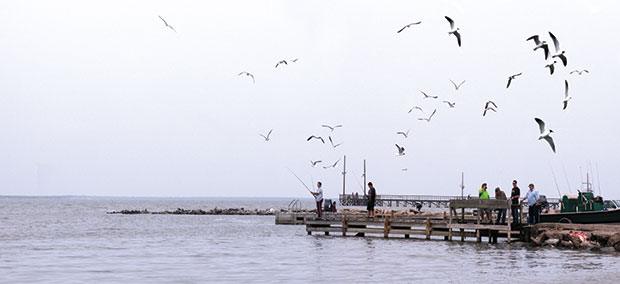
In Riviera, Kaufer-Hubert Memorial Park provides anglers access to Baffin Bay.
South of Kingsville, off US 77 and eight miles short of the little community of Riviera, Farm-to-Market Road 628 provides scenic access to Baffin Bay and its three fingers—Cayo del Grullo (Bay of the Crane), Alazan Bay, and Laguna Salada—favorite fishing territory for saltwater anglers.
Along the way, you’ll pass through the tiny community of Vattman. In 1907, a Minnesota land developer purchased a tract of land from King Ranch, later partnering with Father Edward Vattmann and the Catholic Colonization Society of America to recruit families and form communities in the region. Vattman, Riviera, and the bayside hamlet of Riviera Beach resulted from their efforts. Vattman’s church, rebuilt after a 1916 hurricane destroyed the original, remains in use today. The handsome work of ecclesiastical architecture, constructed from bricks both handmade on site and acquired from the red brick factory in D’Hanis, is known as Our Lady of Consolation Church. Her depiction is featured in one of the church’s stained-glass windows imported from Germany. The church is perhaps best known for its annual Thanksgiving Day Dinner, which celebrates its 102nd anniversary this November 24. The fundraiser draws up to 2,000 visitors from across the country for a home-cooked turkey dinner, bingo, skeet shooting, children’s games, and a dance.
Drive another three miles east on FM 628 and you’ll arrive at the shores of Cayo del Grullo and the restaurant The Famous! King’s Inn, one of the coastline’s oldest culinary landmarks. Tracing its roots to 1935, the King’s Inn serves its meals family-style, with a choice of shrimp, fried oysters, frogs’ legs, and catch of the day, all ordered by the pound. The seafood complements the hearty hush puppies, onion rings, French fries, and Bombay salads (curried avocado, lemon, and lettuce) with a serene view of the bay’s gentle tides. The King’s Inn is located in a crossroads community called Loyola Beach, although you won’t find much more than the restaurant, a convenience store, and shorefront homes.
For a full Baffin Bay immersion, turn south and travel a few minutes along FM 628 to the Kaufer-Hubert Memorial Park, a bayside retreat complete with fishing pier, boat launch, shaded picnic tables, rest-rooms, playground, and observation tower. Depending on the season, anglers cast for sea trout, red drum, and black drum from the pier, often wading the shallows or launching boats into the bay. Vattman Creek empties into the bay here, drawing herons, egrets, and nesting Wilson’s plover. The fish-cleaning table along the public pier is a favorite spot for seagulls vying for fish scraps tossed by anglers preparing their catch. Camping facilities for RVs are available inside the park at the SeaWind RV Resort.
Nearby, the community of Riviera Beach’s public fishing pier, located at the mouth of Laguna Salada, extends from a natural peninsula in Baffin Bay proper. The pier gives anglers and birders an opportunity to catch dinner or spot a grooved-bill ani roosting in the shoreline brush.
Back along US 77, drive south for about 45 minutes to the farming community of Raymondville. Despite its proximity to the King Ranch’s southernmost Norias division, the Raymondville area proves that wind rivals cattle as king here. East of town, the vast array of giant wind turbines composing the Los Vientos Wind Farm populate 30,000 acres of leased farmland.
A view of linear furrows extends all the way to the horizon, providing a bucolic backdrop for flourishing green sprouts, the swoop of turbine blades, and a murmuration of blackbirds looping above the plowed fields. The scene, cast in the dewy coastal air, feels timeworn. Yet the illusion is quickly dispelled by the massive turbine blades, sweeping so close to earth that their brassy rhythm can be heard, not as a soundtrack of the past, but more aptly the song of the Coastal Bend’s future.
